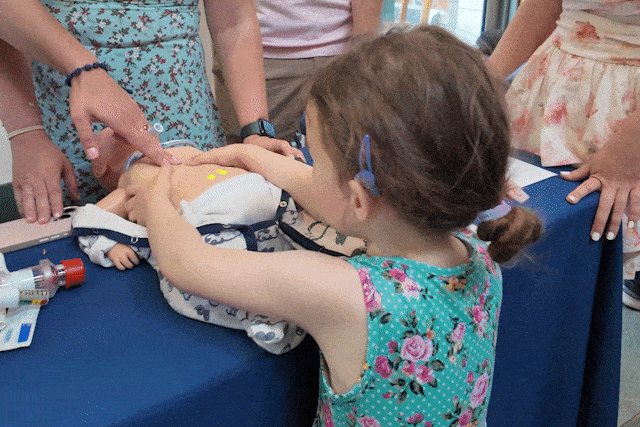
Breathing New Life Into Baby CPR Training
A team of undergrads took on the challenge of designing a responsive CPR training manikin for their MEMS senior design capstone.
We’re sorry—the news story you were looking for has been archived.
Please see the most recent stories below.

A team of undergrads took on the challenge of designing a responsive CPR training manikin for their MEMS senior design capstone.

Duke Engineering faculty are involved in three new interdisciplinary graduate education collaboratives focused on society-centered AI, advanced climate training, and information science and engineering for the public sector.

The Symposium on Critical Resources, Minerals, and Materials Joint Efforts showed the research Duke Engineering faculty are conducting on critical minerals like lithium.